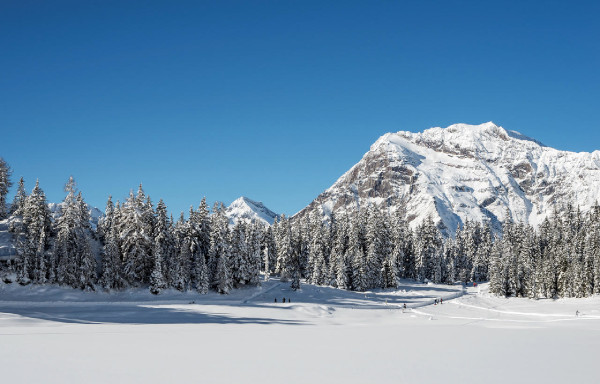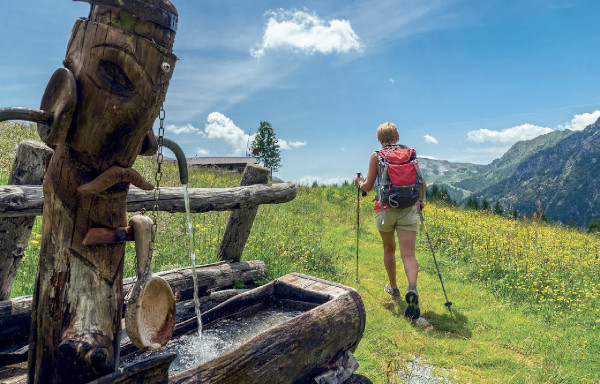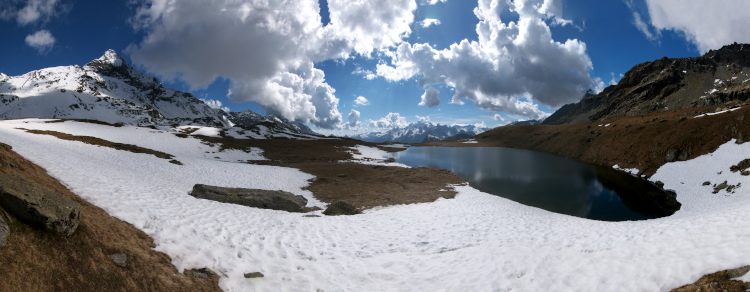- Itinerario
- Art & Culture
Discover Sondrio
Sondrio
- STAGE 1: PIAZZA CAMPELLO
Here youThe political and religious center of the town: the Chiesa parrocchiale dei SS. Gervasio e Protasio and Palazzo Pretorio - seat of the Town Hall, are opposite to each other.
Palazzo Pretorio: this was the seat of the Grison government starting from 1552. It underwent huge modifications and renovations at the beginning of the Twentieth century.
- STAGE 2: TORRE LIGARIANA
Despite its name - Ligari's tower - the bell tower wasn't designed by Pietro Ligari. The laying of the first stone and its blessing took place on March 29th 1740.
- STAGE 3: PALAZZO SASSI DE' LAVIZZARI
The palace dates back to the Sixteenth century and since 1990 houses the MVSA, Museo Valtellinese di Storia e Arte (Valtellinese Museum of History and Art), with its precious wooden stüa.
- STAGE 4: PIAZZA QUADRIVIO
Piazza Quadrivio is one of the most important crossroads in the town center. Its name (quadrivium) probably owes its name to the fact that this is the departure point of four streets.
- STAGE 5: PALAZZO SERTOLI
The beautiful facade of the building gives just a tiny insight of what can be found in the inside: the ballroom frescoed by Giovan Antonio Torricelli.
- STAGE 6: SCARPATETTI
Walk across this old street flanked by rural houses, wooden walkways, stone cellars and votive chapels.
- STAGE 7: CASTELLO MASEGRA
Castello Masegra is the only remaining of the three castles of Sondrio and has been watching over the town for ten centuries. It now houses a brand new museum: CAST - il CAstello delle STorie di montagna (the castle of mountain stories).
- STAGE 8: SALITA LIGARI
200 steps that quicly lead to the oldest squadre of the city, located at the feet of the Masegra hill.
- STAGE 9: FRACAIOLO
Starting from the Middle Ages, several factories settled in Fracaiolo and for centuries provided the city with wheat, ground cereals, wrought iron tools, copper artifacts and carpentry products.
- STAGE 10: PONTE GOMBARO AND CASSANDRE
A Seventeenth century reporter recorded the life in the Gombaro district, where people used to enoy rich banquets and take restoring walks in the fresh gorges of creek Mallero.
- STAGE 11: SAN BARTOLOMEO
The little San Bartolomeo church was built on a rock in Campoledro (Mossini) in 1413- It features a prismatic apsis and some wonderful frescoes on the Southern side of the nave.
- STAGE 12: SAN LORENZO
At the beginning of the Twelfth century, the De Capitaneis donated the ancient SS. George and Lawrence's castle so that it could be turned into a cloister, that in the Eighteenth century hosted 28 nuns and was closed in 1805.
- STAGE 13: BAIACCA
The Baiacca district has typically rural features and is distinguished from the "noble" appearance of the buildings along the ancient via Valeriana.
- STAGE 14: VIA DEI PALAZZI
The ancient via Valeriana allows visitors to follow a path that begins in piazza Cavour and leads them to the discovery of the noble roots of the residential area of Sondrio.
Mostra cosa c'è nelle vicinanze:



